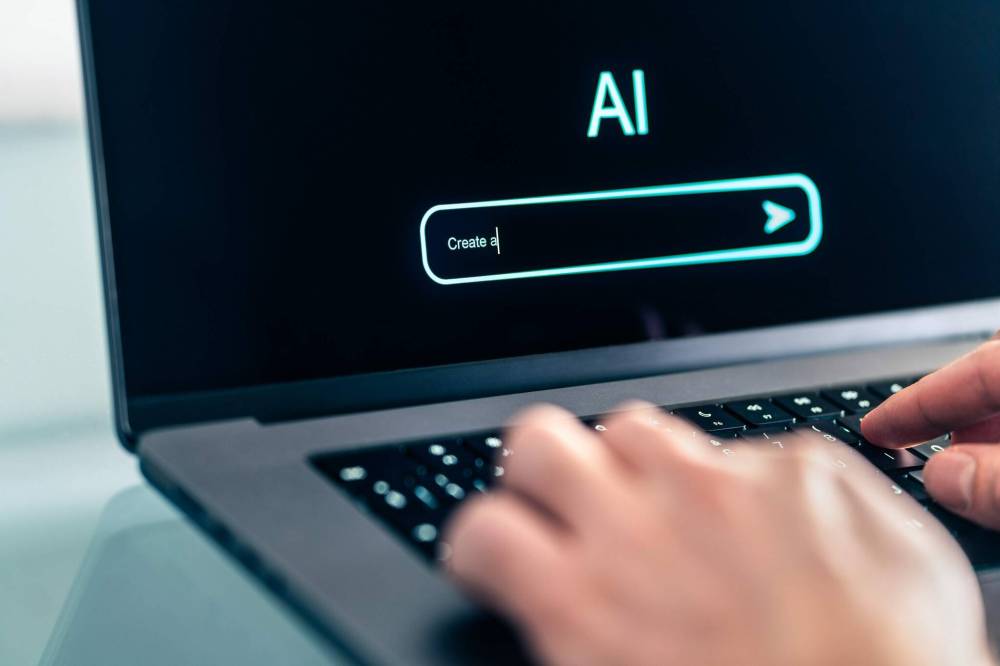How will AI affect education?
Advertisement
Hey there, time traveller!
This article was published 17/07/2024 (449 days ago), so information in it may no longer be current.
I recently had the opportunity to attend the Canadian School Boards Association Conference in Toronto with my colleagues Sandy Nemeth and Darlene Gerrior.
While there is much to report on, one issue I found myself delving into both during and after the conference is the impact of artificial intelligence (AI) on public education.
I will disclose that I am a moderate skeptic of the AI mania that has swept the world in the last year. Despite the impressive capabilities of AI, there has been a wave of somewhat excessively eager adoption or, in many cases, a tendency to label existing technologies as “AI” to capitalize on the hype.

Dreamstime
AI is real, is being used, and is potentially as significant as the mainstream rise of social media, so LRSD educators must be prepared to educate and inform students about its use.
However, the existence of generative text and image models is a reality, and their potential applications are significant, if not yet fully explored.
The potential affect on public education is also significant, assuming the technology continues to improve and doesn’t plateau at its current capabilities.
The impact on young people and students today is not speculative. AI is real, being used, and is potentially as significant as the mainstream rise of social media, which occurred just as I was graduating high school.
As with that rapid and historic change in the way we live and interact with one another, there are many potential positives and many more potential negatives that are difficult to predict.
It is pointless and futile to completely ignore this change in culture and technology. Still, we must learn the lessons from that experience with social media and maintain a posture of healthy skepticism blended with open-minded curiosity about the future of AI.
An important plank of the Louis Riel School Division’s Multi-Year Strategic Plan prioritized “digital literacy” in terms of using critical thinking about what we see and read online. This will likely need to grow to include the relationship between people and the flaws and weaknesses of AI.
To support this growth, LRSD will be providing a staff learning opportunity focused on AI in society and its impact on education. This initiative aims to equip educators with the knowledge and tools needed to effectively understand AI and its uses.
Last, though it may seem ethereal, the stated goal of OpenAI, the company which developed ChatGPT, is to create “artificial general intelligence,” a machine capable of independent thought and action. This may never happen or it may happen in just a few years. The creation of a self-aware, thinking machine would be revolutionary. We must begin considering the moral and humanistic implications so the next generation is equipped with the ethical tools to face that moment should it come.

Ryan Palmquist
St. Vital community correspondent
Ryan Palmquist is the managing director of Save Our Seine, a Ward 3 trustee for the Louis Riel School Division, and a community correspondent for St. Vital.
Our newsroom depends on a growing audience of readers to power our journalism. If you are not a paid reader, please consider becoming a subscriber.
Our newsroom depends on its audience of readers to power our journalism. Thank you for your support.




